
How To: Power Mulch Garden Clippings
Most local authorities offer green waste collection, but if you like to compost, then you'll be giving away some great ingredients.


Most local authorities offer green waste collection, but if you like to compost, then you'll be giving away some great ingredients.

In this how to video, you will learn how to grow pumpkins. First, you must pick an area with plenty of sunshine to place your seeds in. Make sure there is enough room for vine and pumpkin growth, and that the area will not freeze. Build a mound of dirt about three fit in diameter with compost and soil. Next, plant two seeds per mound. Plant them in the middle about 8 inches apart. Cover the seeds with an inch of soil. Give them plenty of water once you have planted them. The pumpkin vines gro...
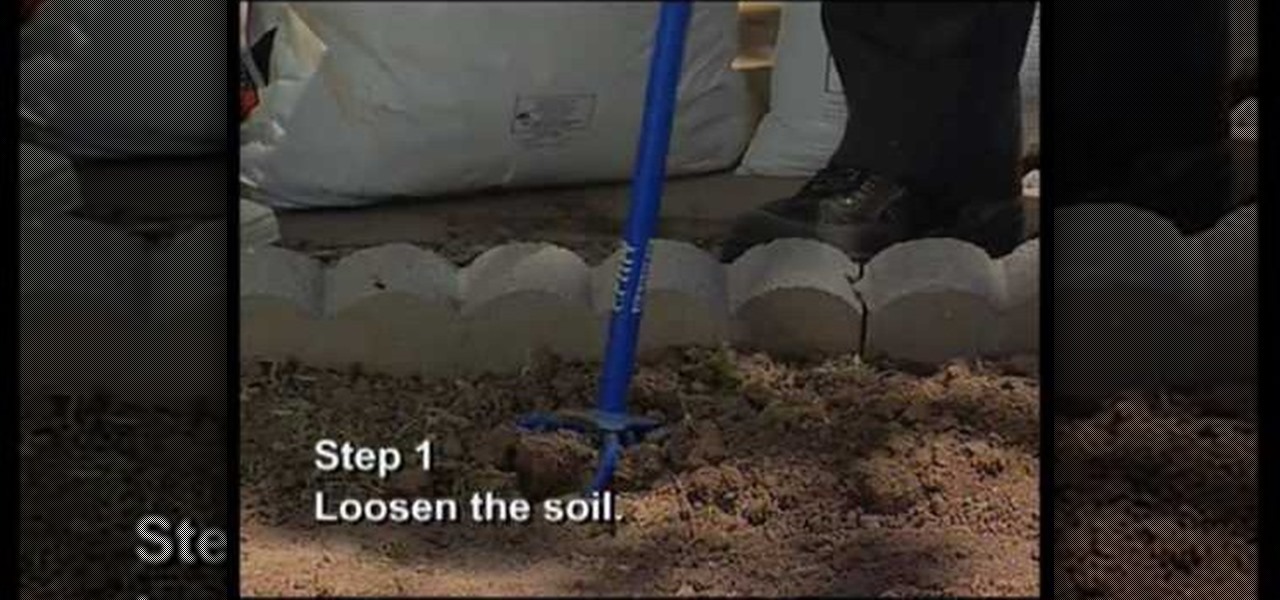
Southwest Yard and Garden shows viewers how to prepare the soil in order to plant Irises. You can see if your oil needs to be prepared because it would look like it need nutrients. Irises deplete the oil they are in so you need to restore their nutrients to the soil. First, you should get your soil tested to see what nutrient should be added to the soil. First loosen the soil. Next, add in the nutrients. Start with alfalfa pellets to add Nitrogen. Add a little bit of sand to loosen soil - don...

To prepare for planting take a fork and poke it into the ground and loosen up the ground. Do this throughout the beds so that the ground is completely loosened up. After you finish loosening the soil take a shovel and dig to the bottom of the bed and turn the soil over. If there are leaves in the bed go ahead and turn the leaves over into the soil. It will provide extra compost for the soil. Add some rabbit manure to the soil to provide extra nutrients. Turn the manure into the soil so that i...
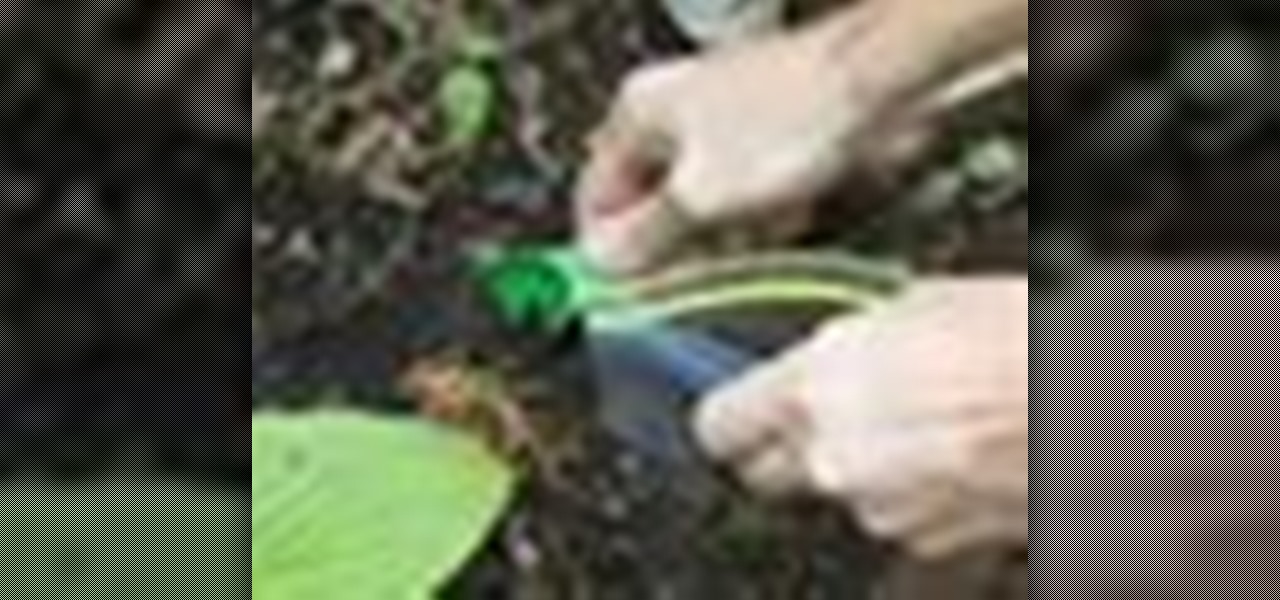
To grow beautiful flowers and plants in an outdoor garden, you need to feed your soil the right plant food – a fertilizer that will help your plants thrive. Watch this video to learn how to choose plant fertilizer.

In this Home & Garden video tutorial you will learn how to grow and juice wheatgrass. Take wheat seed in a bucket, add little bit of compost and wet it with water. Take a tray, make few holes in the bottom, put newspaper, fill the tray with compost up to halfway, spread the wheat seeds and cover the tray with newspaper. After a day or two, remove the paper and put the sprouts in shade. Wait for 8 – 10 days and the wheat grass is ready. Then cut it with love with scissors, wash it thoroughly...
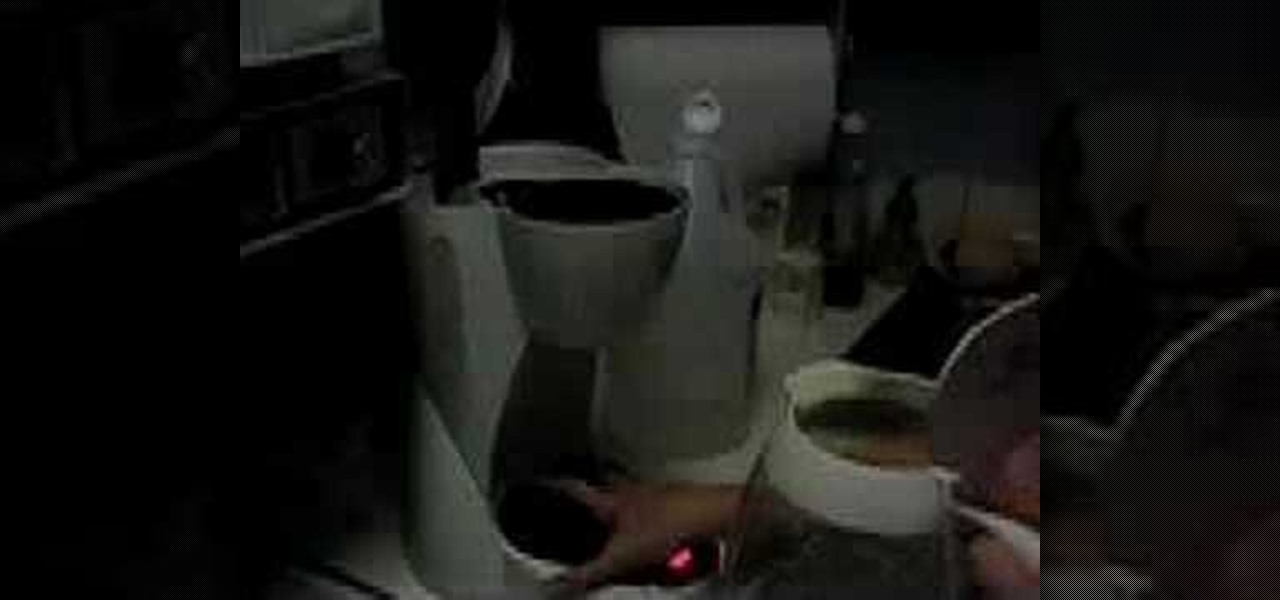
This video tutorial is in the food category which will show you how to clean a coffee maker with vinegar. First you got to remove the used coffee powder from the coffee pot and put it in a compost maker or in the garbage bin. Then add one part vinegar and two parts water in the jug and pour it in to the coffee maker. Turn it on and after the cycle is completed, drain out the mixture of vinegar and water. If the coffee maker is still dirty, repeat the process. Once the pot is clean, flush it w...
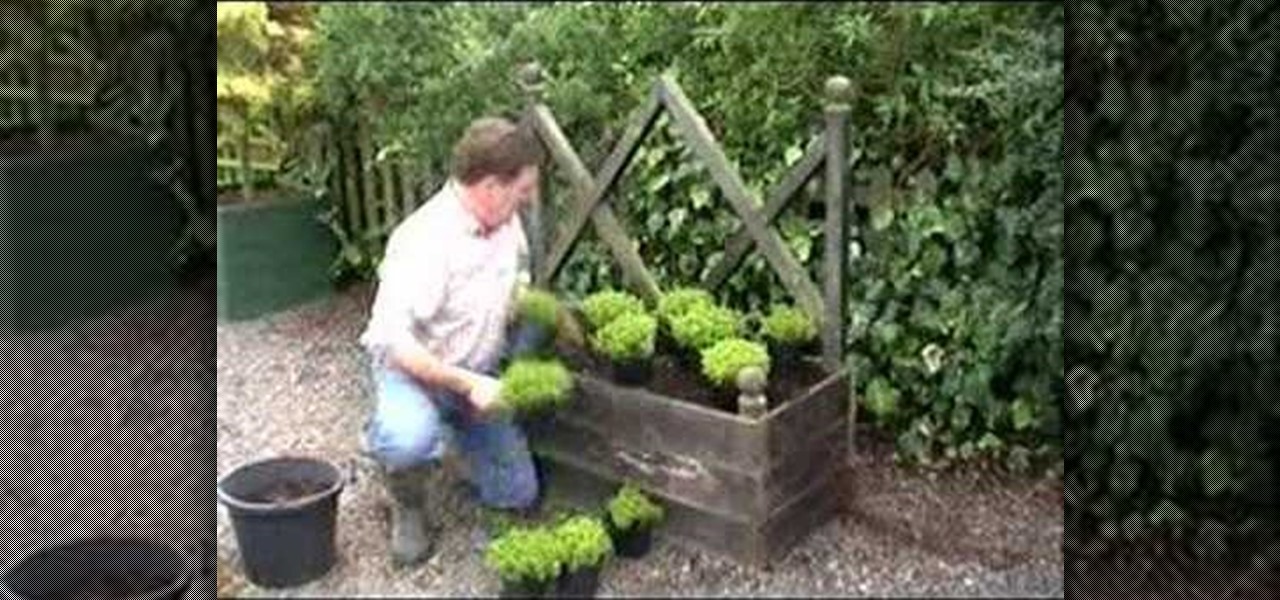
By combining plants and a garden seat together you can create a lovely living seat that will look good all year round and if you use herbs to make the seat it will also smell good. In this how to video we are making a seat using thyme, but you could also use chamomile, pennyroyal or any low growing, fairly tough plants. This type of seat is mainly decorative because for much of the time the plants or compost will be damp, but if you use a cushion when sitting on the herbs you will get a wonde...

How to grow pineapple inside your home
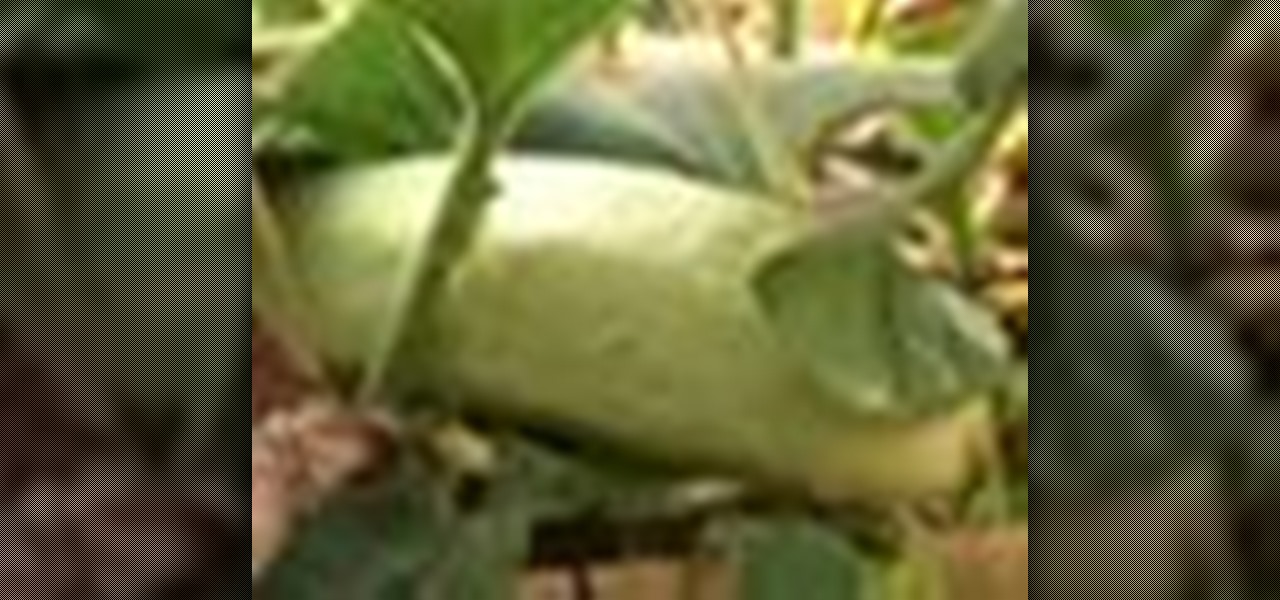
Cucumbers are a tasty addition to any salad or sandwich. Why not add this yummy vegetable to your garden at home? They are easy to grow and will taste even better fresh from the ground!
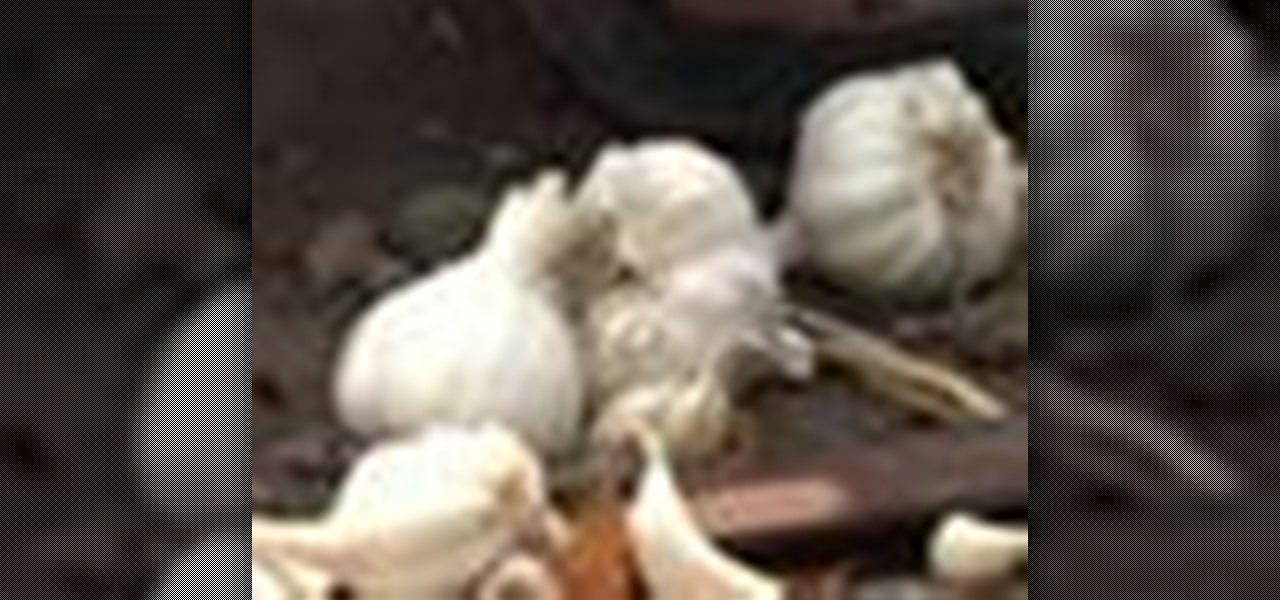
Garlic is good for you and adds great flavor to your cooking. Add this versatile plant to your garden this fall and in no time at all you'll be pulling up fantastic cloves of fresh, home grown garlic that you can use and share with your neighbors.
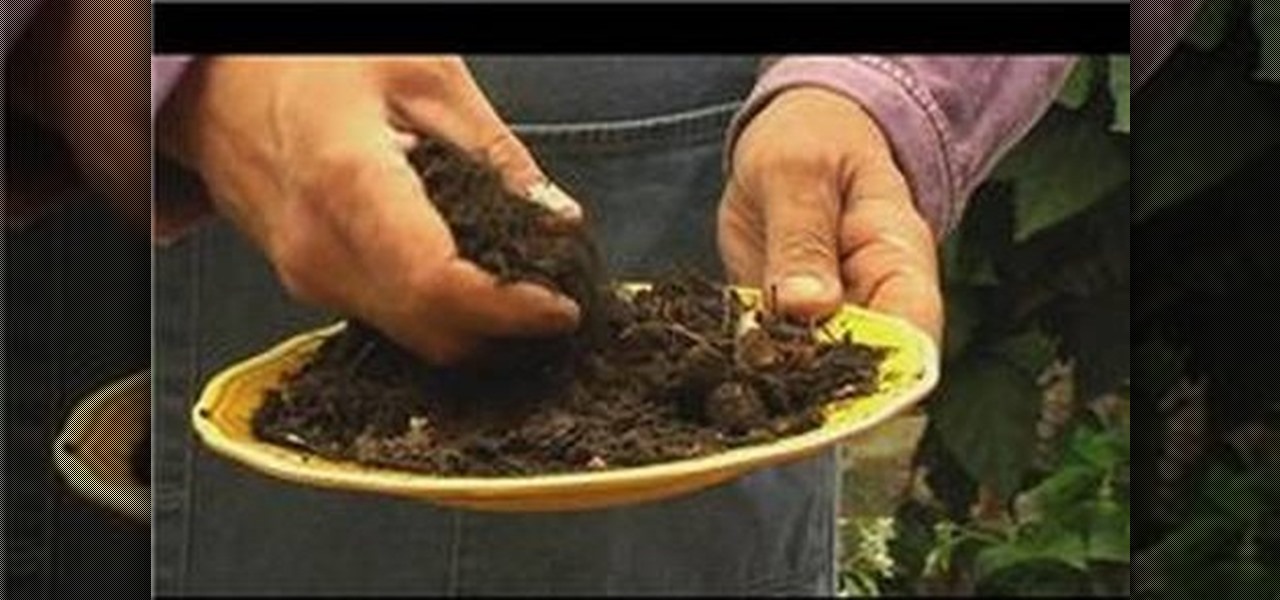
Organic fertilizer is based of natural occurring compounds instead of chemical based compounds. With healthy, natural soil, learn how your plants and the environment can thrive in this free gardening video series about how to use organic fertilizers on plants. The following clips illustrate:

Coffee beans are one of my favorite things in the entire world. They smell intoxicatingly perfect. And when ground up and steeped in hot (or cold) water, they somehow taste even better than they smell.

There's no default keyboard on the Apple Watch, but watchOS has another way to let you type text out for emails, messages, music searches, and more on the small display, and that's Scribble. With it, you simply draw letters and other characters on the screen with your finger, then your watch converts that into plain text. However, it's not perfect, and getting the nuances of regular typing can be tough.
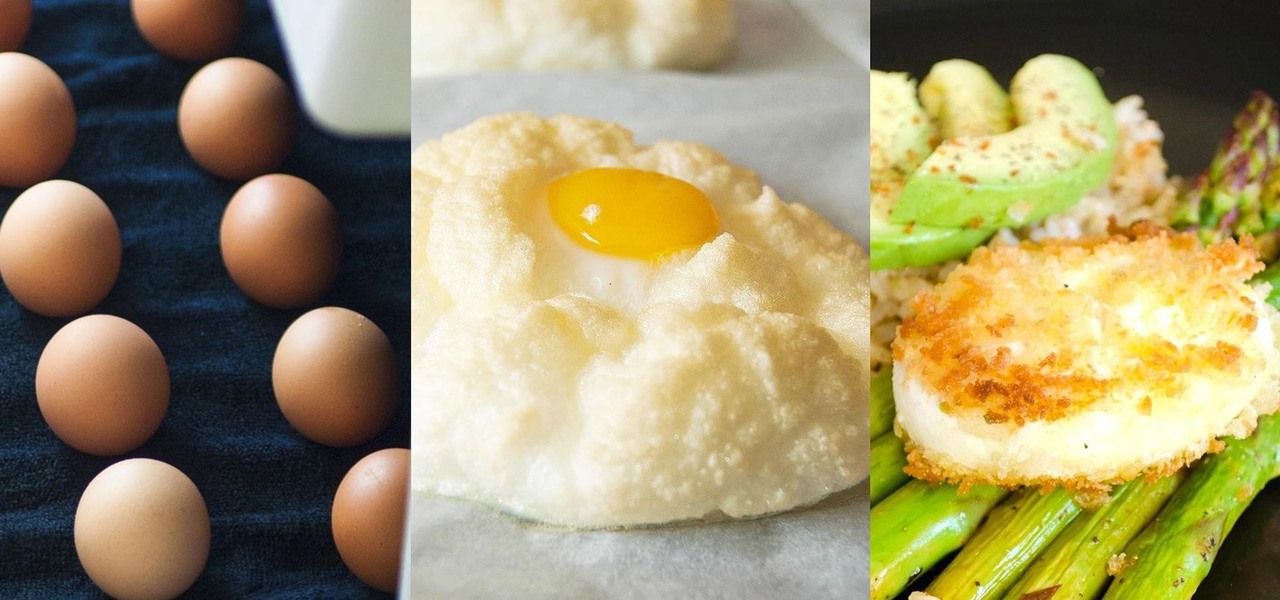
All day I dream of eggs: scrambled, poached, over easy, hard-boiled, fried, baked, raw... Okay, the last one is a joke (unless you're Gaston, which means that you eat five dozen of them and you're roughly the size of a barge). But eggs are freaking good in just about any cooking prep, and more often than not are the foundation of your favorite baked goods.
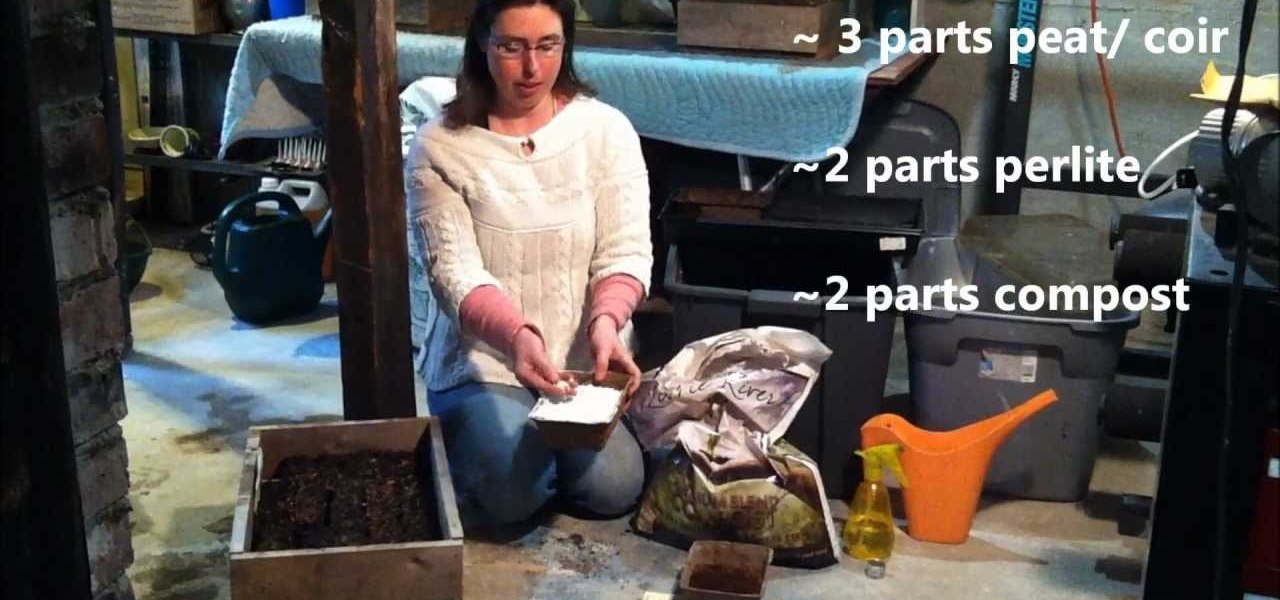
Starting your own seedlings is a great way to save money, have a wider selection of varieties and gain personal satisfaction. Here are easy to follow tips on getting your seeds off to a great start.
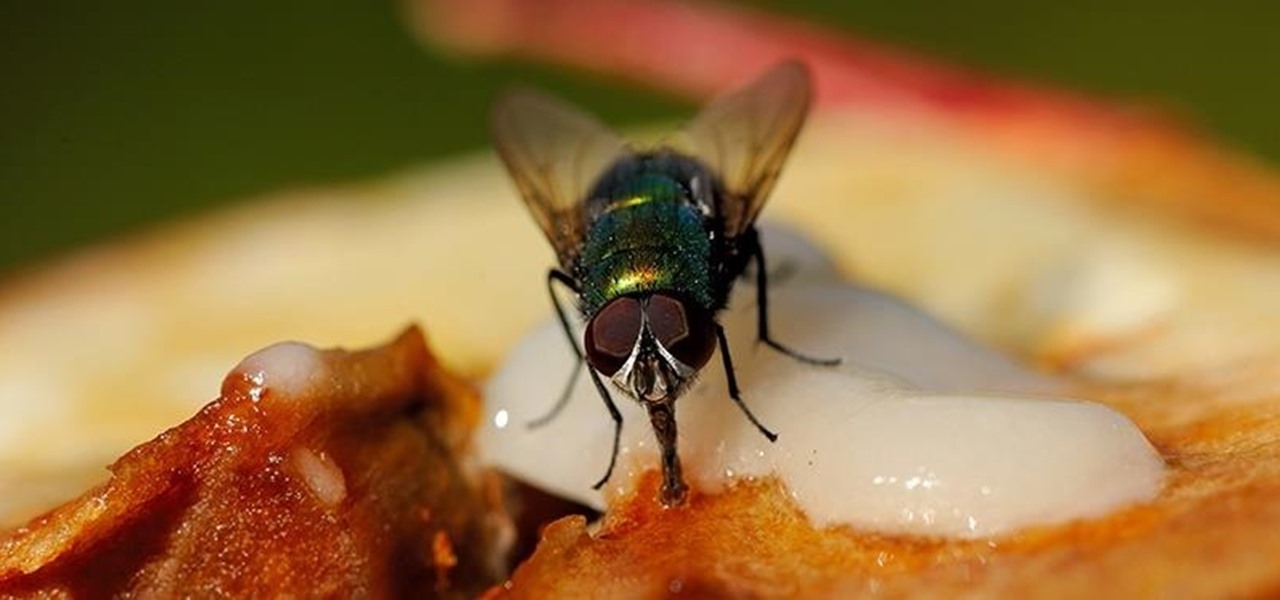
Even the best-maintained kitchens occasionally get a fruit fly infestation. These critters descend, lay eggs (up to 500 at a time!), and then disappear usually only after extreme cleaning efforts (i.e., finally attacking that weird puddle of goo behind your refrigerator).
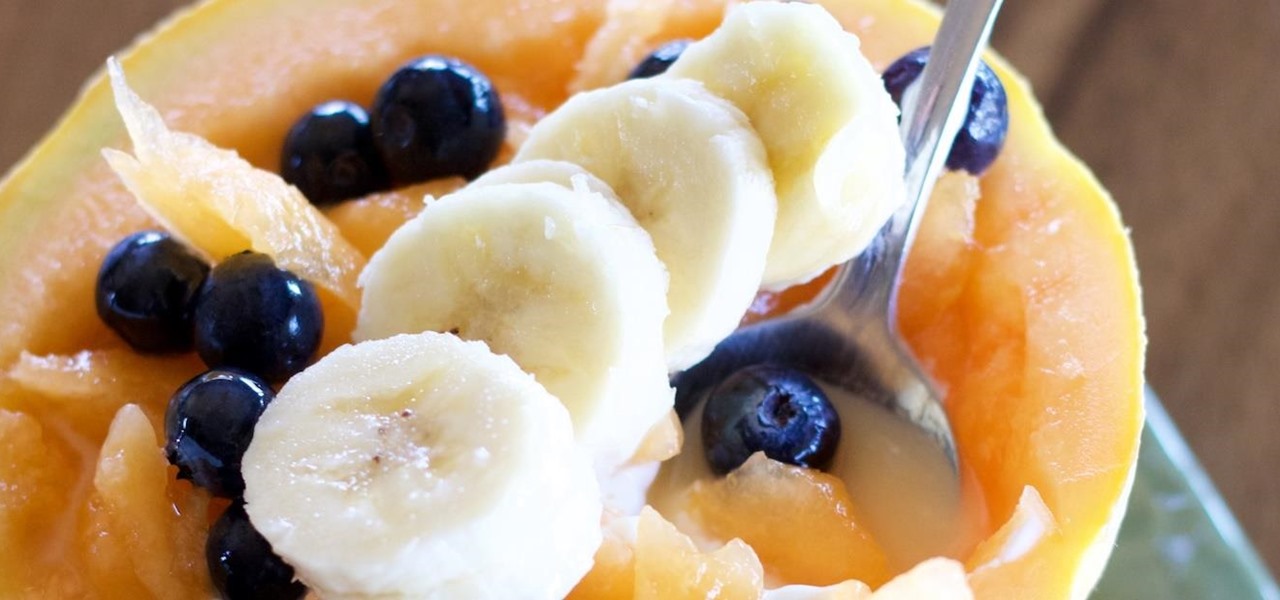
Edible bowls are glorious for plenty of reasons. They create fewer dishes, they're pretty to look at, and, well... you can eat them. There are many different options out there you can choose, like bacon cups, hollowed out apples, and molded hash browns, but these are 6 personal favorites of ours to use as edible food vessels.

There is very little in this world that tastes as good as a glass of fresh-pressed juice. The flavors in fruit and vegetables are more clean and immediate on your palate, while the chlorophyll and nutrients seem to zip right into your bloodstream. A really great glass of fresh juice makes you feel more alive and the pasteurized versions on supermarket shelves just can't compare. However, as much as I love a glass of fresh juice, if I had to do it all over again, I wouldn't buy a juicer. The o...
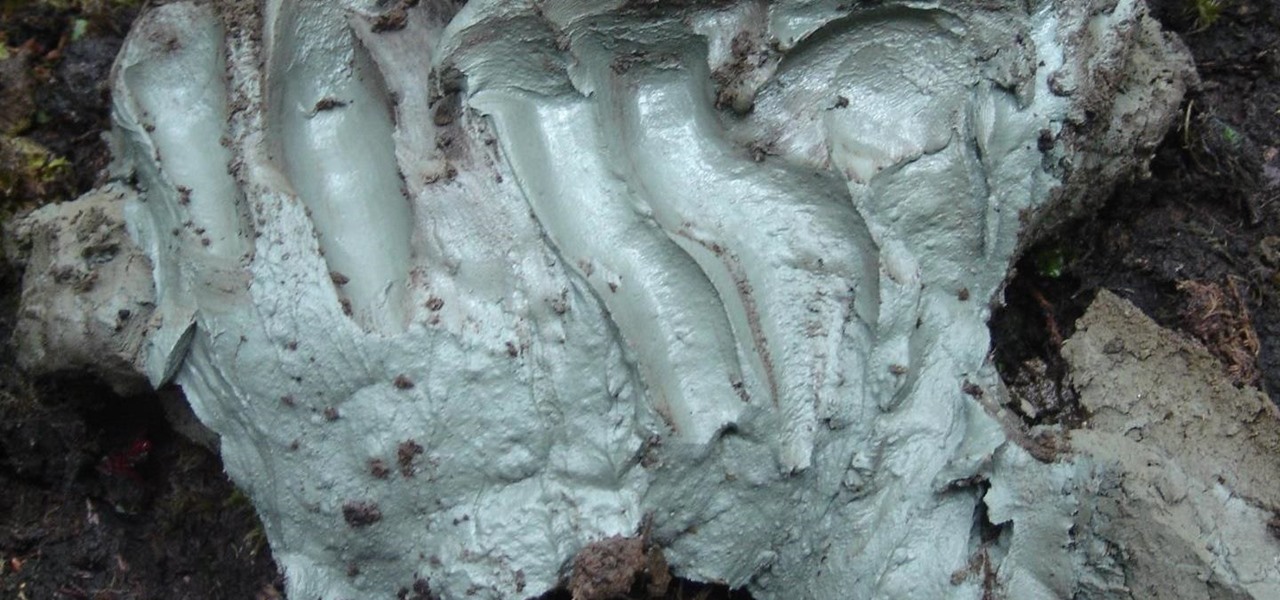
For as long as 14,000 years, the First Nations people of the Heitsuk Nation have made their home along the Central Coast of the Canadian province of British Columbia. Among the territory's inlets, islands, rivers, and valleys lie a clay deposit on the north side of Kisameet Bay, near King Island. For as long as most can remember, the tribe has used the clay as medicine. Now science says microbes that live in that clay may have important antibacterial properties.
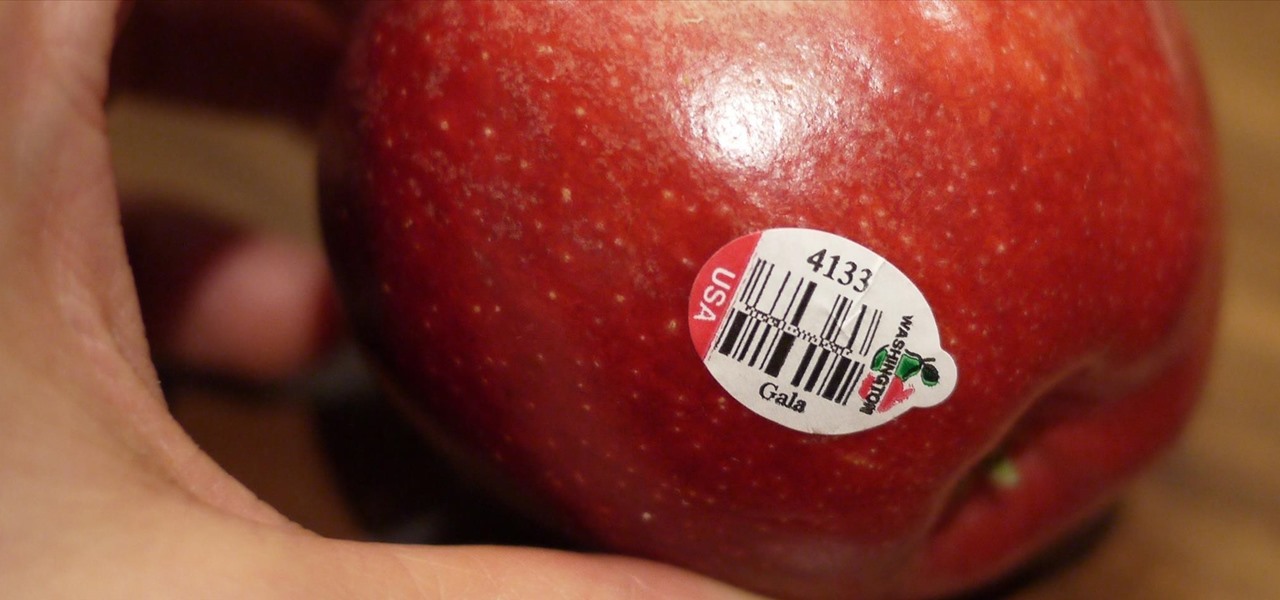
Like Costco's price codes or the tags on your bread, the numerical codes printed on those sticky little fruit and vegetable labels can reveal a lot of information to us consumers. Once you understand the codes, you can look at that little label (also known as PLU, or "price look up" label) and know whether the produce you're about to buy or eat was treated with pesticides, genetically modified, both, or neither. Before we go any further with deciphering the codes on these labels, let's take a...
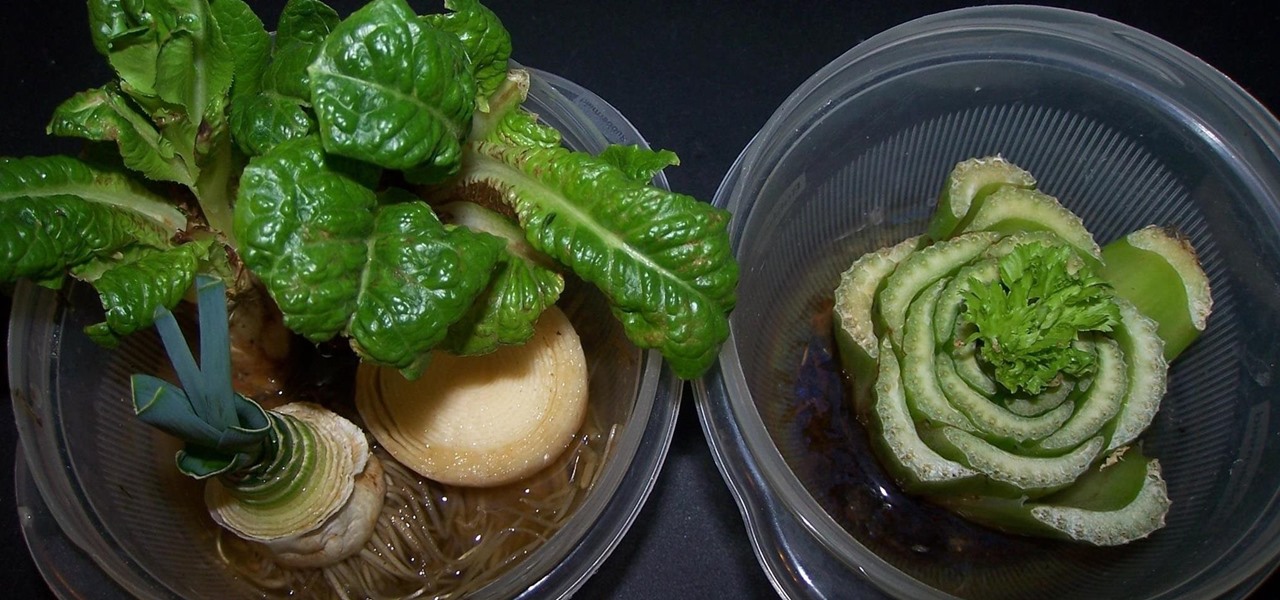
There are some ingredients I cook with so often I can never buy too many of them, and most of them are produce. Onions, garlic and fresh herbs are staples in a lot of dishes, and they may be inexpensive, but when you use them on a daily basis it can add up.

So cute, so furry, and so chock full of parasites. While raccoons are fun to watch, they are neither friendly nor clean — and they can make you sick in more ways than one.
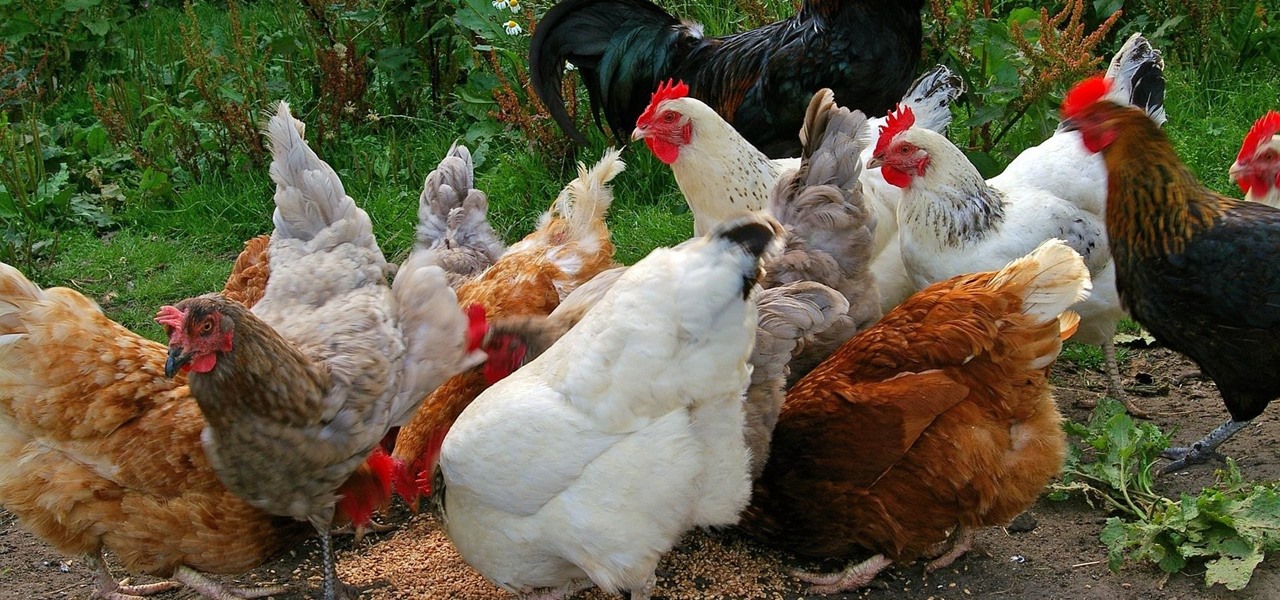
You can get eggs and high-quality compost from backyard chickens—but you can also get Salmonella.
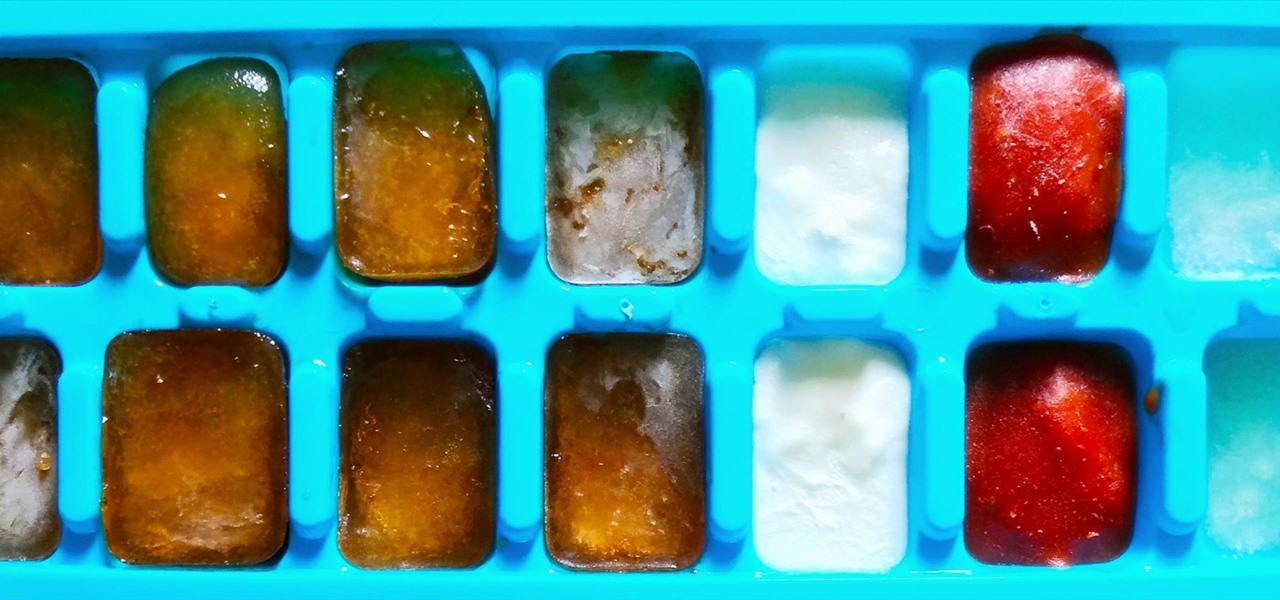
Stop! Do not pour that leftover wine, coffee, or bacon grease down the drain. And those herbs that have been in your fridge so long they've literally turned on you? And what about when that recipe only calls for two tablespoons of heavy cream, a quarter cup of tomato purée, or three cloves of garlic? Unless you plan on using the leftovers again in the next week or so, don't bother refrigerating them because they won't last.
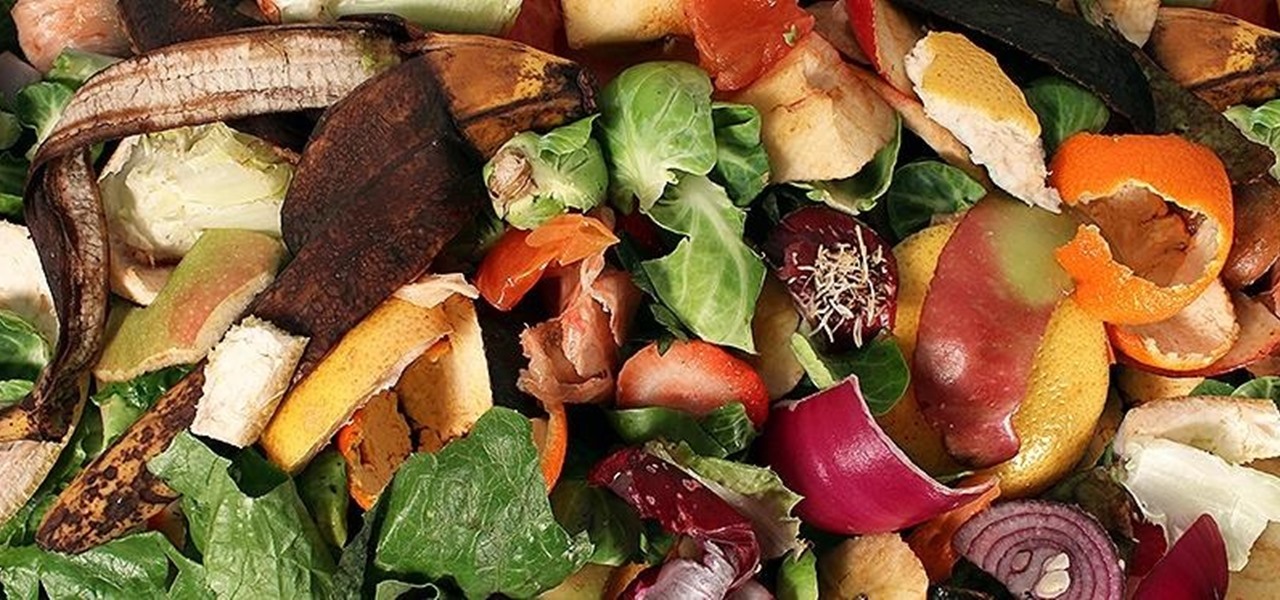
A few years ago I went hog-wild trying to achieve a zero-waste lifestyle. I didn't succeed, but the experiment taught me that we throw away things we could—and should—be using more.
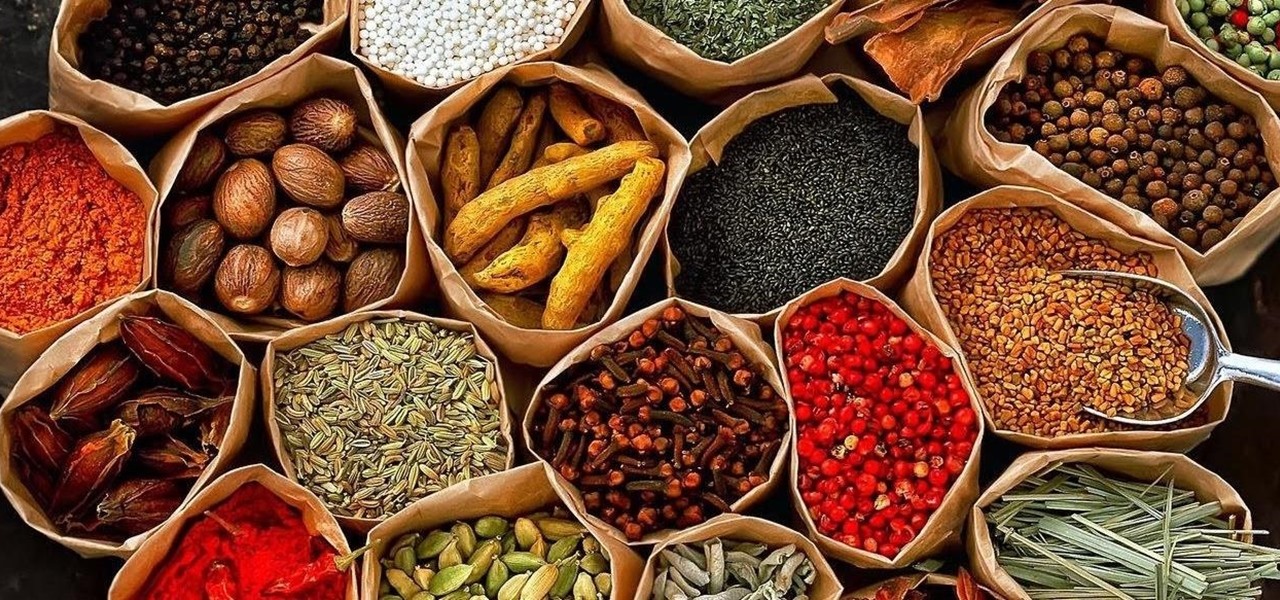
The world of spices can be bewildering. They promise to make your food more flavorful if you know how to make the most of them. Unless you know a couple of essential tricks, however, it just seems like you're adding bits of colored powder to your food.

Bokashi is a fermented wheat bran used to pickle kitchen food waste to help it compost quicker without foul odors. Watch this how to video to learn how to ferment bokashi with molasses. Use the fermented bokashi to clean the septic system, pickle, or even to compost.
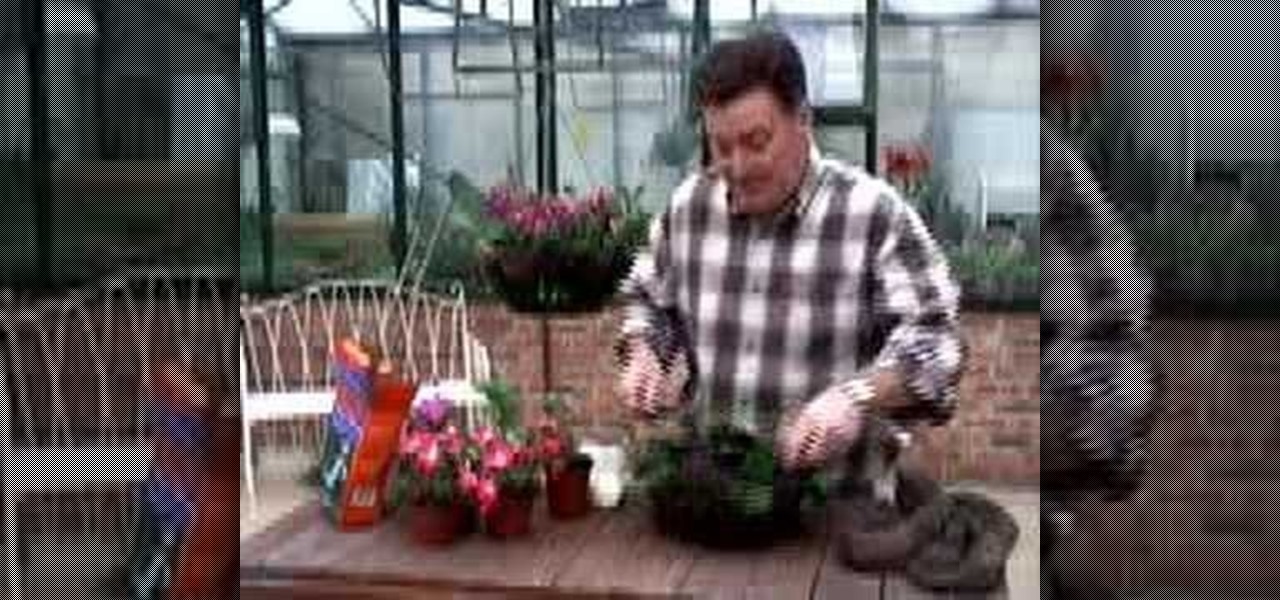
One of the best ways to add summer colour to your garden or patio is with hanging baskets. Now is the perfect time to plant up baskets in order to give the plants a few weeks to establish before they are hung outside after the danger of frost has passed. Learn how to make a beautiful hanging baskets with this tutorial.

Learn how to create a bog garden in containers with this gardening tutorial. There are some lovely plants for growing in damp, boggy conditions, but if your soil is well drained and dries out quickly these bog plants will struggle to grow. A simple way of growing bog plants is in a large container such as a half barrel that has no drainage holes in the base. The barrel when wet will seal and hold water very well keeping the compost moist at all times. What you may need to do if the barrel is ...
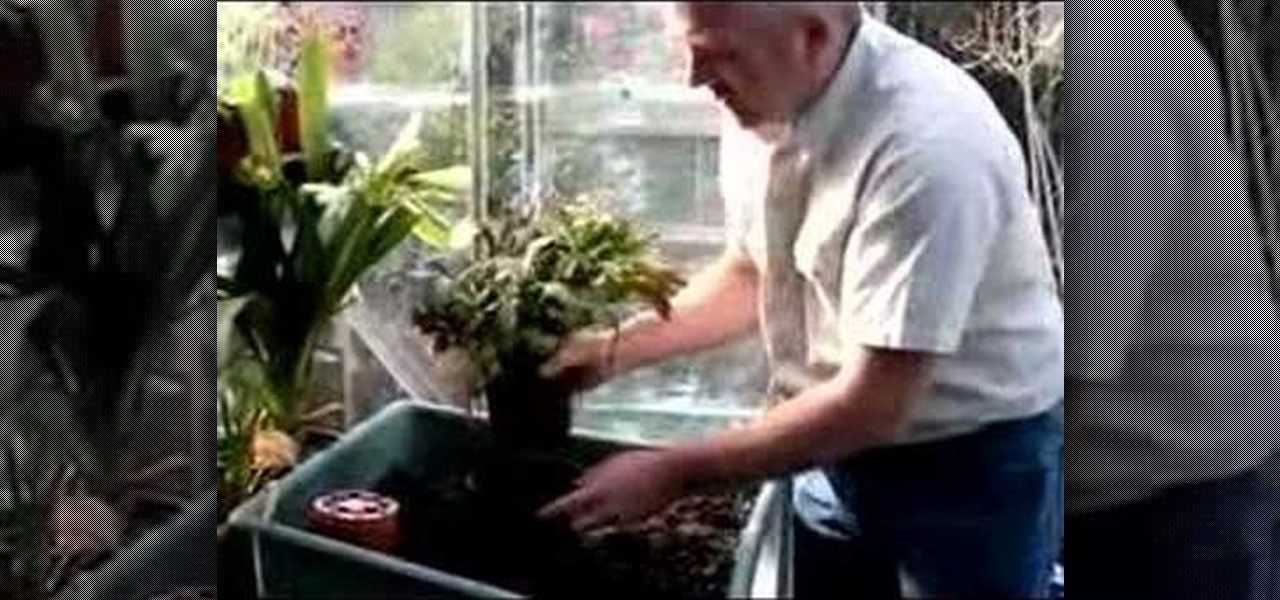
Potted plants of all kinds, whether in the house, greenhouse or outside, need repotting eventually. There are several reasons, the most obvious being that they simply get larger and top-heavy. Most houseplants don't need repotting that often because, if we give them plenty of liquid fertilizer in the growing season, they won't be short of nutrients and should therefore be healthy.

Rhododendrons must have lime-free soil and that can make them tricky for some of us that garden on neutral or limey soils. Planting in the garden is a waste of time and money. If you want, you can make a raised bed and fill that with acid soil but digging a hole in your garden and filling it with acid (ericaceous) compost only works for a while. The water from the surrounding soil will drain in and spread the lime and although you can acidify soil with sulphur chips you really are making life...

Learn how you can plant and care for rhubarb with this gardening tutorial. As rhubarb is likely to be in one position for many years, ground preparation is very important. Plenty of organic matter in the form of garden compost or rotted manure should be worked into the soil and base of planting hole.It's also time to cover any clumps of rhubarb outside that you want to force into early growth. The idea is to exclude light from the new shoots which forces them to grow tall and light pink in co...

Hippeastrum or Amaryllis is a flower that blooms in the winter. After the plant dies, rather than throw the bulb away you should keep them to flower again next year. When the flowers have faded, cut off the thick flower stalk at bulb level. The foliage should be allowed to develop and grow over the spring and summer, and to encourage the bulb to swell keep the compost moist at all times and feed weekly with a liquid feed such as Phostrogen. Only when the leaves naturally start to die down in ...

Bamboo is easy to grow, but there are a few things you should know before starting. There are hundreds of species of bamboo and they can be roughly divided into either running or clumping bamboos. Almost all cold hardy bamboos are runners and almost all tropical bamboos are clumpers. Running bamboos send out root like rhizomes underground and can spread many feet each year. Clumping bamboos slowly expand and stay in a tight clump with canes close together. We grow dozens of cold hardy bamboo ...
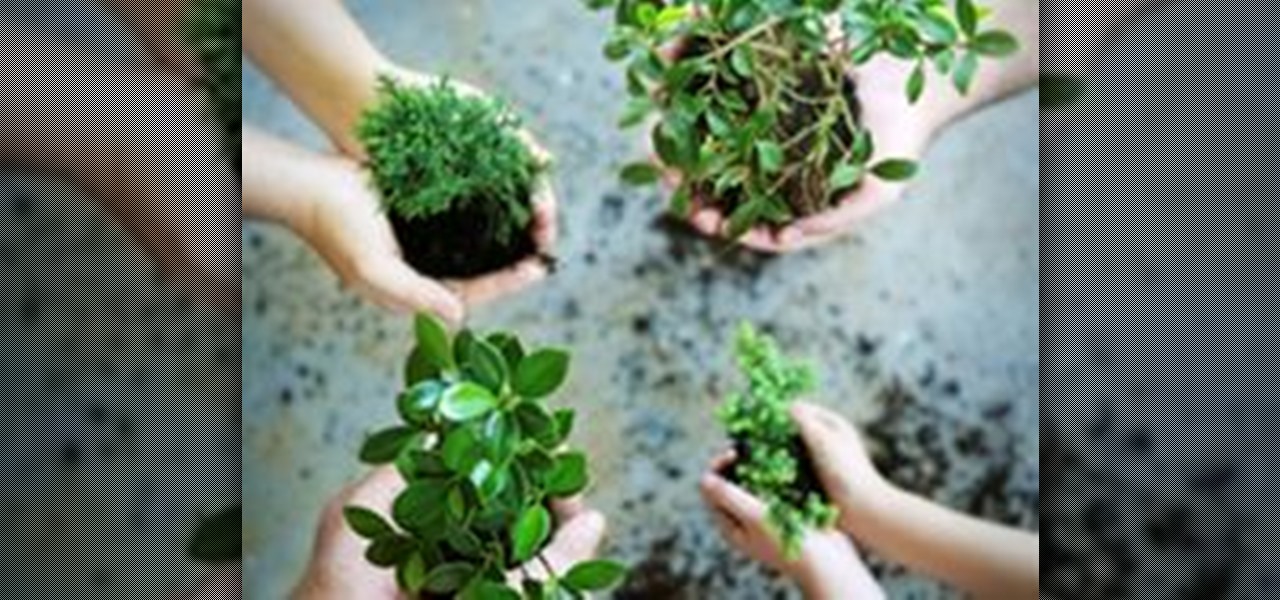
Every experienced gardener knows that the secret to better blooms, brilliant greens, and tastier fruits and vegetables is a healthy soil. Improving the soil before you plant is the best head start to growing healthy, hardy growth in your garden.

Watch Carol Klein as she guides you through the process of propagating delphiniums, campanulas and lupins; from taking basal cuttings and potting them on, to how to stake them. To propagate: get as close as you can right at the base of the plant. You want nice, gritty compost. Plunge your propagation cutting in there as deep as you can get it. Propagate delphiniums, campanulas and lupins.

Follow Monty Don's guide to planting onions, shallots and garlic, with tips on soil preparation, drainage and compost.

Learn how to prick out seedlings with Monty Don's comprehensive video advice. Sow your seeds in a general, all purpose peet compost. Now you want to prick out the seedlings! Follow along with these expert instructions on how to sow your young seedlings. Prick out seedlings.

Chilli plants will thrive on a sunny window sill or in a greenhouse. They have a long cropping season, so you could still be harvesting fresh chillies in December. You will need just two small pots to sow your chilli seeds; use a good quality seed compost and keep them in a bright place to ensure they germinate.